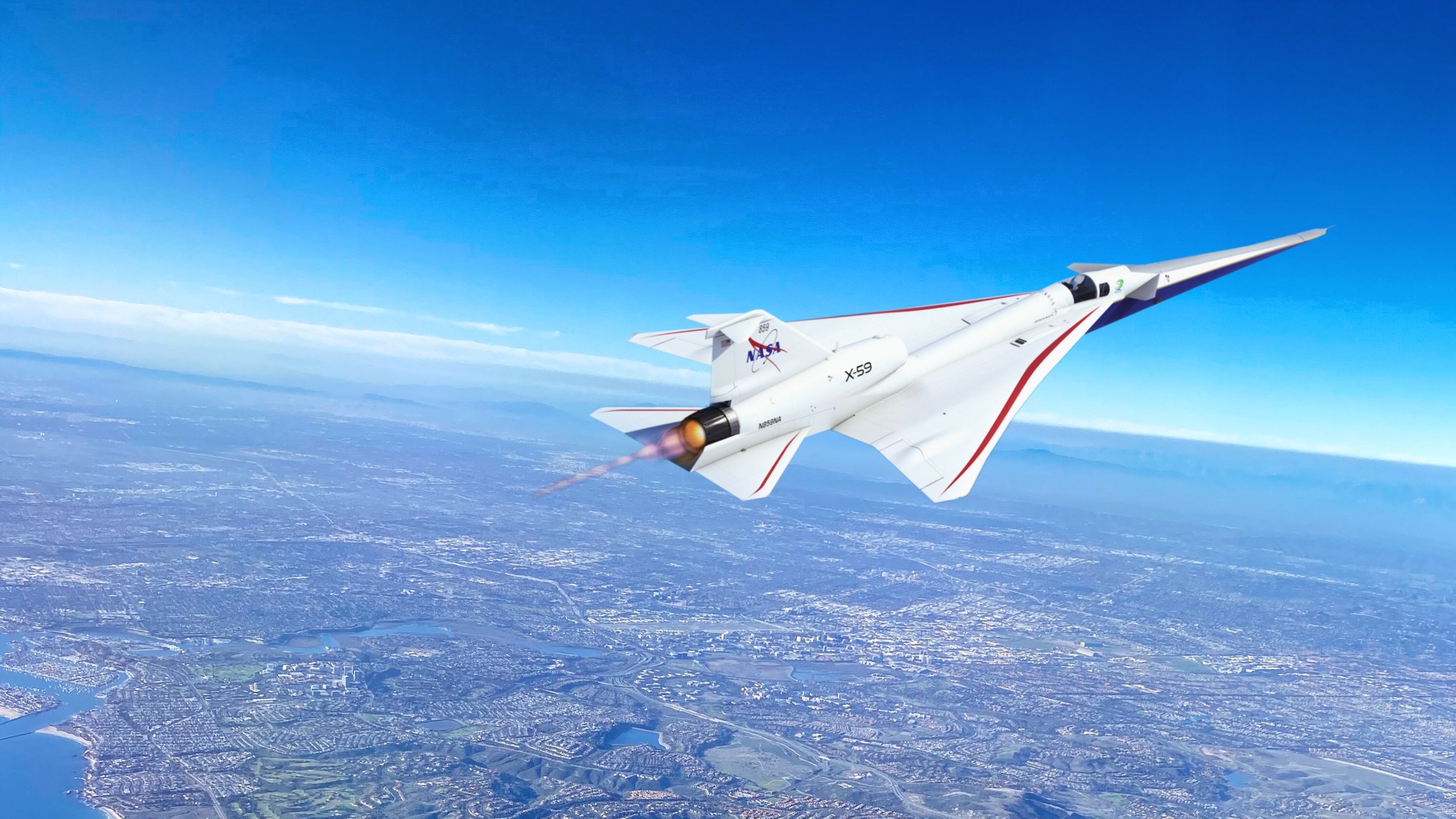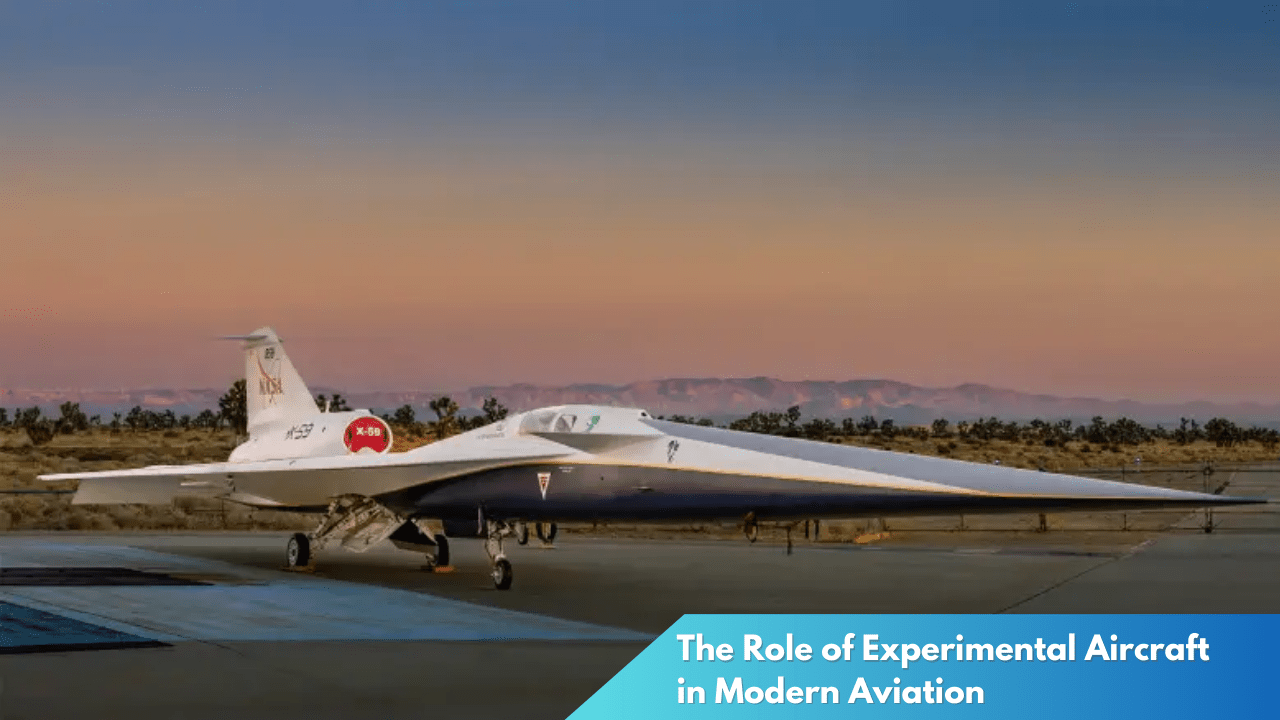The Role of Experimental Aircraft in Modern Aviation
In the dynamic landscape of modern aviation, experimental aircraft play a critical role as the pioneers of innovation, continually reshaping the boundaries of what is possible in flight technology. These experimental designs not only test the limits of engineering and aerodynamics but also pave the way for significant advancements that eventually become standard in commercial and military aviation. This article explores the essential role of experimental aircraft in driving the evolution of aviation, examining how they serve as the proving ground for cutting-edge technologies and revolutionary concepts.
Experimental Aircraft: Pioneers of Aviation Innovation

Experimental aircraft have long been at the forefront of aviation innovation, serving as critical platforms for testing new technologies and designs. These unique aircraft are often the first to incorporate groundbreaking advancements in materials, propulsion systems, and aerodynamics. From the early days of flight, when pioneers like the Wright brothers built and tested their experimental Flyer, to contemporary times with cutting-edge supersonic jets, these aircraft have consistently pushed the boundaries of what is possible in aviation. By daring to explore uncharted territories, experimental aircraft have set the stage for many of the technologies we see in mainstream aviation today.
The development of materials such as carbon composites and advanced alloys in experimental aircraft has allowed engineers to build lighter, more fuel-efficient planes without compromising strength or safety. This innovation is pivotal in an industry that continues to seek ways to minimize its environmental footprint. By perfecting these materials in experimental contexts, the aviation industry can gradually introduce them into commercial use, bringing about more sustainable and cost-effective travel options for airlines and passengers alike.
Moreover, experimental aircraft have been instrumental in testing and refining new propulsion technologies, including electric and hybrid engines. As the industry moves towards reducing its carbon emissions, these experimental designs offer valuable insights into the viability and performance of alternative fuel systems. Through rigorous testing and evaluation, experimental aircraft provide crucial data that informs the eventual integration of these technologies into regular flight operations, heralding a new era of cleaner, more efficient air travel.
Shaping the Future: Experimental Designs in Flight

The future of aviation is being actively shaped by experimental aircraft that are flying today. These aircraft serve as testbeds for revolutionary technologies such as autonomous systems, which promise to transform pilot operations by reducing human error and optimizing flight paths. By experimenting with autonomous controls, sensors, and data analytics, the aviation industry can develop systems that will enhance safety and efficiency in both commercial and military applications. This shift towards automation is set to redefine the roles of aircraft operators, making air travel safer and more reliable.
Furthermore, experimental designs are exploring the realms of supersonic and hypersonic flight, aiming to drastically cut down travel times across the globe. Companies and government agencies are collaborating on projects like the X-59 QueSST and various hypersonic scramjets to bring forth the next generation of high-speed travel. These aircraft are designed to overcome the traditional challenges of sonic booms and thermal stress, paving the way for a future where travelling between continents in mere hours could become the norm. The success of these experiments will not only revolutionize passenger travel but could also have significant implications for cargo transportation and military operations.
A particularly exciting frontier is the development of vertical takeoff and landing (VTOL) aircraft, which could transform urban mobility. Experimental VTOL designs have the potential to alleviate congestion in densely populated cities by enabling point-to-point travel that bypass conventional road infrastructure. With ongoing experiments focusing on improving battery life, noise reduction, and safety, these aircraft could soon become a common sight in urban skies, offering a new dimension to personal and commercial transport. As these experimental aircraft continue to evolve, they promise to unlock new possibilities that will forever change the landscape of aviation.
Experimental aircraft stand as vital contributors to the ongoing narrative of aviation evolution, serving as the incubators for revolutionary technologies and design philosophies. By pushing the limits of existing capabilities, these aircraft not only test the theoretical underpinnings of new ideas but also provide tangible evidence that inspires confidence in future applications. As the industry grapples with pressing challenges such as sustainability and efficiency, experimental aircraft remain at the forefront, guiding the way towards a more innovative and sustainable future in aviation. Their role, though often behind the scenes, is indispensable in ensuring that the skies remain a realm of boundless opportunity and progress.



